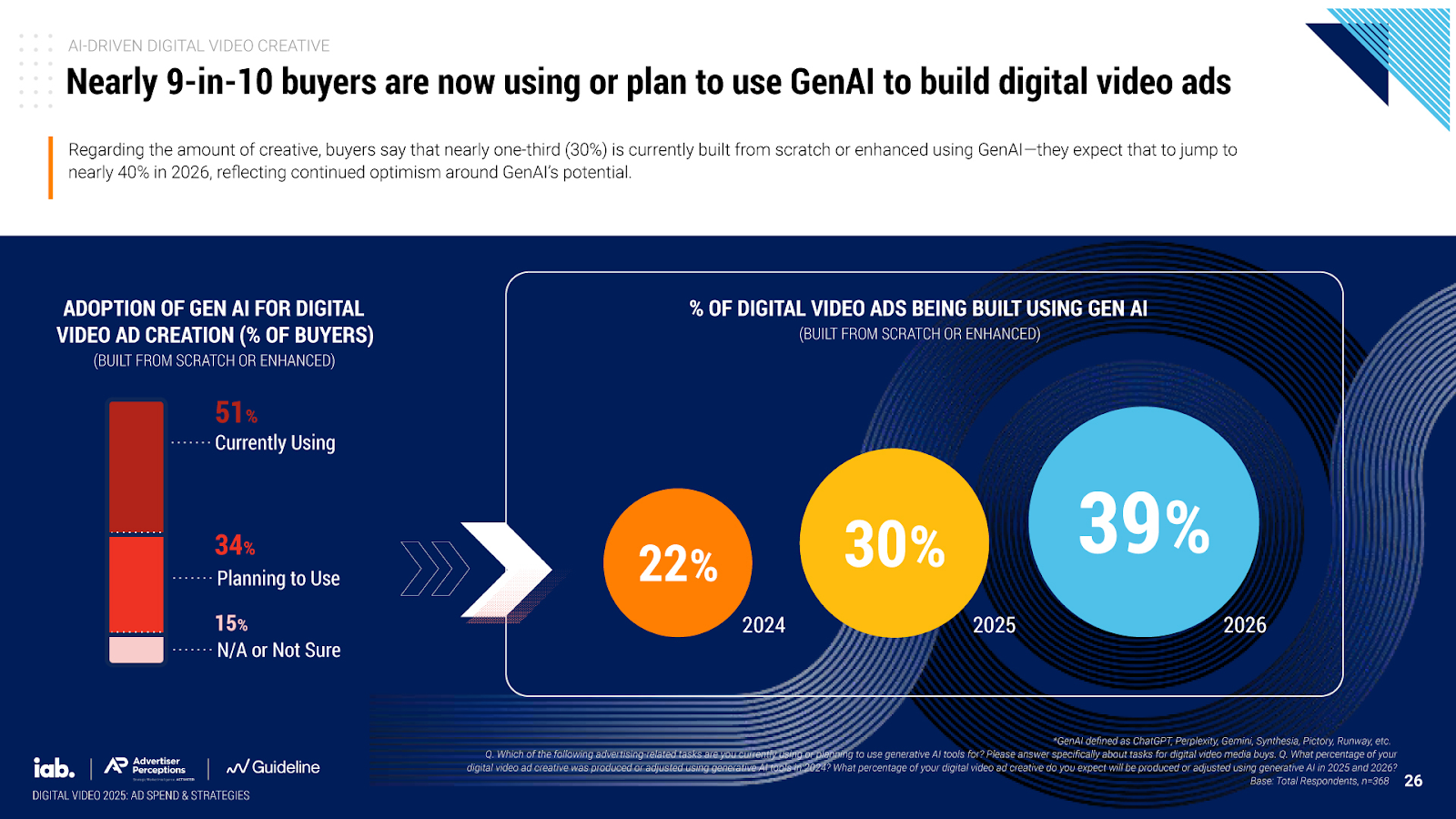
Q4 compresses timelines and raises stakes, fast creative cycles meet heightened regulatory attention and real safety risk. Use simple provenance logs, test small, protect minors, and keep humans in the loop so campaigns move fast and remain auditable. AI can shave days off creative production, but it also amplifies provenance, suitability, and disclosure problems that regulators now treat as operational necessities, not optional extras. The EU’s new guidance on protecting minors under the Digital Services Act (published 14 July 2025) underlines safety-by-design expectations that platforms and advertisers must bake into launches.
At the same time, the U.S. regulator landscape is tightening: the FTC’s September 2025 inquiry into generative-AI companion products signals rising scrutiny of advertising, data-handling, and safety practices for AI-inflected consumer experiences. This scrutiny follows high-profile enforcement that demonstrates real monetary and reputational risk, for example, recent large EU enforcement actions against major adtech vendors, highlighting why robust provenance, audit logs and quick remediation matter now.
Industry groups now recommend measuring attention rather than just counting impressions. The IAB/MRC draft attention guidance gives straightforward, usable signals, things like how long an ad was actually viewed, whether a user interacted with it, and whether the creative held attention, so teams can judge what truly matters for business outcomes instead of raw reach.

AI adoption is exploding, most creative teams expect to use GenAI for video and workflows, but that scale brings new risks (hallucinations, off-brand outputs, deepfakes) and privacy questions. In Europe the incoming AI rules and related DSA guidance make privacy, provenance and age-appropriate safeguards core operational requirements, not optional extras. That’s why privacy and provenance must be part of creative pipelines from day one.
Kidoz approach: short, non-negotiable rules
- Treat regulation as your OS. Build disclosure, age-appropriate UX and provenance logs into the asset pipeline before launch.
- Log everything. For AI-assisted assets, keep a short provenance record (prompt → model → version → output snapshot) that can be handed to auditors or partners on demand.
- Prioritize session-friendly delivery. Opt-in placements and natural breaks protect experience and reduce suitability risk. Use attention metrics (IAB/MRC) as your guardrail for scale decisions.
- Run a micro ‘policy learn pack’ before scale. Test completion, interaction depth, and play impact at low spend; only scale winners that pass policy and safety checks.
- Keep humans in the loop. 97–100% automation is tempting; a quick human pass prevents hallucinations, brand-safety misses, and legal exposure.

Why this is investable and defensible
Regulators and industry standards are converging on two things: transparency and safety-by-design. The EU’s DSA minors guidance and the FTC’s inquiry show that companies with baked-in provenance, consent/UX, and human oversight will face less enforcement risk and fewer disruptive pauses in campaigns. Using attention as a primary scale signal and validating creative through short learn packs, preserves performance while lowering compliance risk.Ready to play safe? Book a short campaign safeguard audit with Kidoz and get a concise remediation plan that quantifies your monetary exposure, from regulatory fines to lost revenue from paused or remediated campaigns shows targeted fixes that typically cost a small fraction of that risk.


